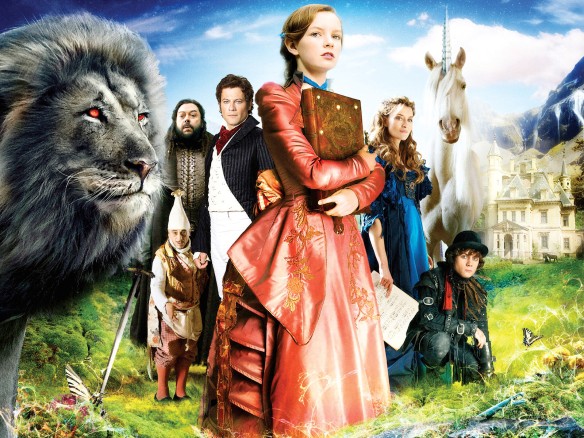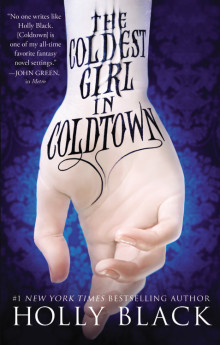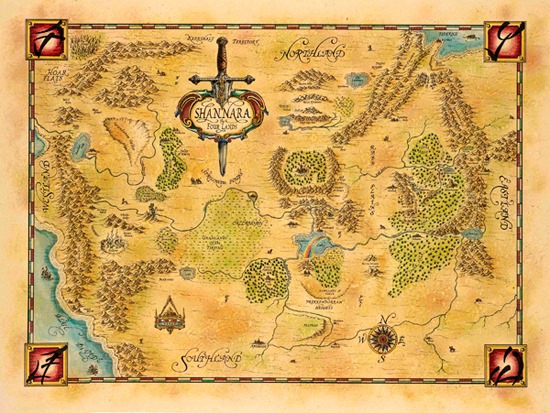
(via Goodreads)
Welcome back to the blog! I hope you all had a great Halloween and, if you’re American, that you’re somehow surviving the last dregs of this election season. To take my mind off the endless barrage of inescapable political ads on TV, I found a nice Halloween book to read. Labyrinth Lost by Zoraida Córdova is a fascinating coming-of-age story that’s based off of many different Latin American traditions, mythologies, and religions. The author is Ecuadorian-American, and to create the world of Labyrinth Lost, she mixed aspects of Mexican traditions like Day of the Dead, general Latin American traditions like the quinceañera, various aspects of religions like Catholicism and Santería, and her own Ecuadorian legends. Labyrinth Lost is filled with gods called the Deos, cantos rather than spells, and magic-users called brujas or brujos after the Spanish word for witch. However, what I found most interesting about the story was the idea that family and familial love was not only important but integral to the performance of magic.
Spoilers for Labyrinth Lost below.









